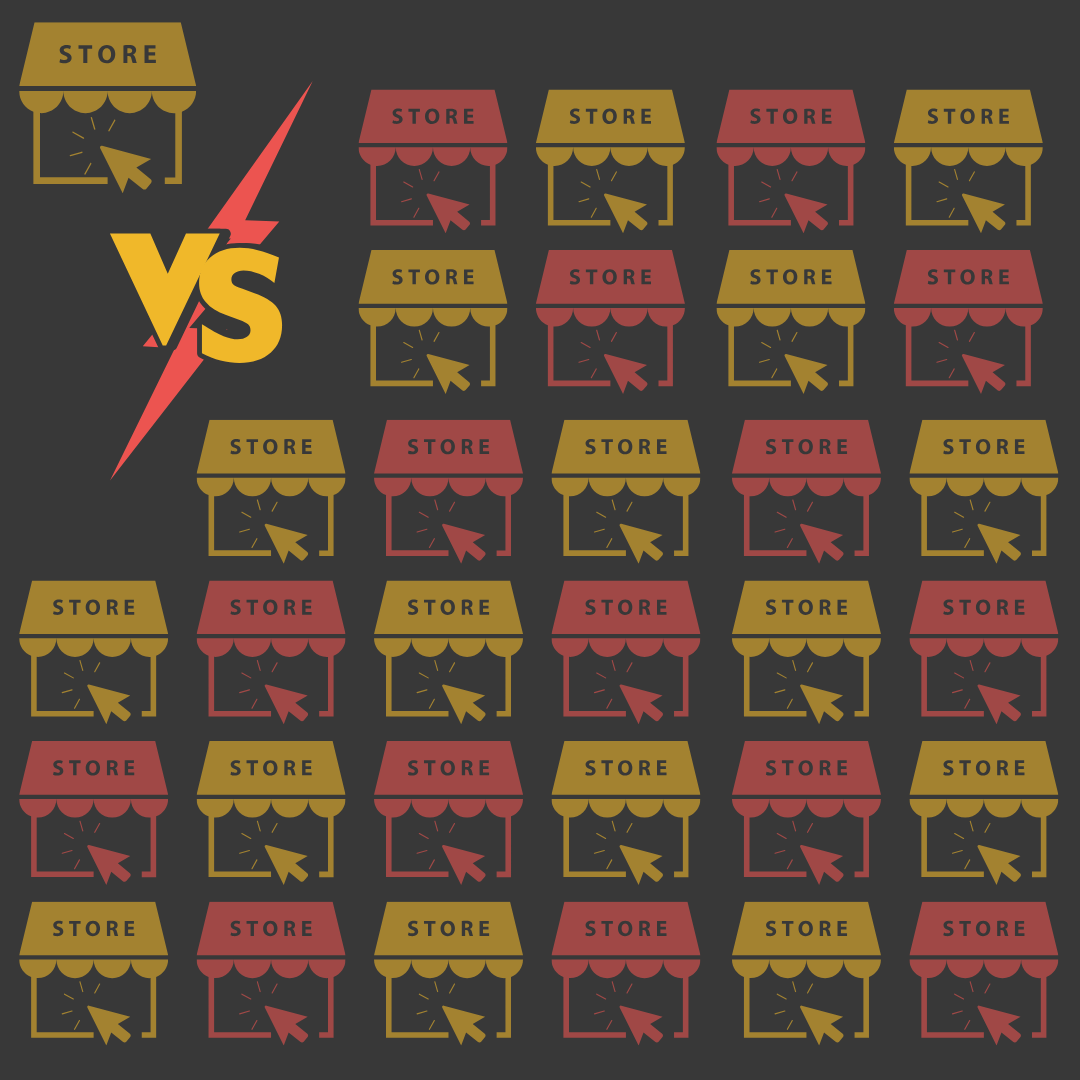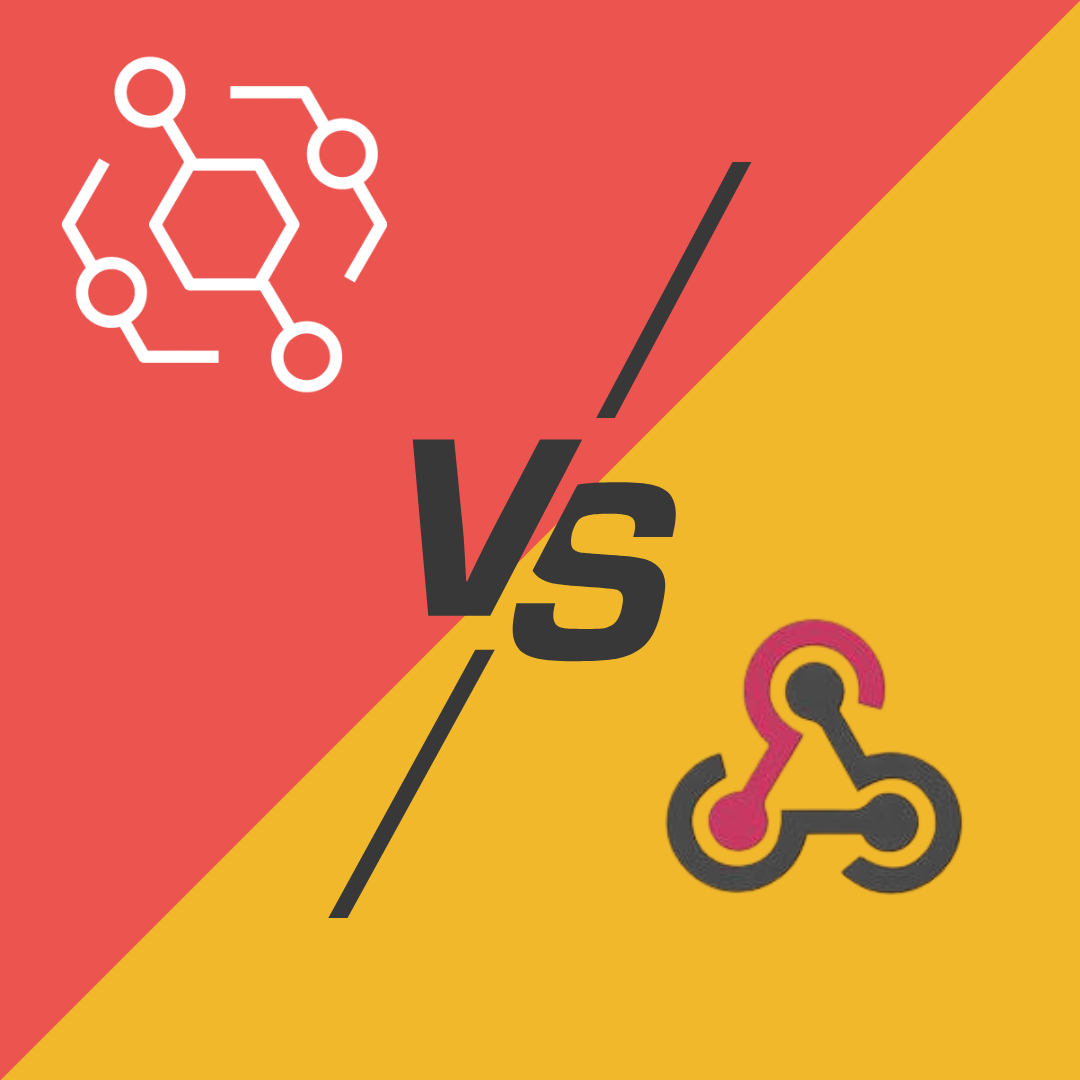When brands scale, whether it’s organically or through acquisition, they often face a deceptively complex question: should we manage all of our brands under one Shopify store, or split them into multiple stores?
This isn’t just a technical architecture issue. It impacts marketing autonomy, operational efficiency, analytics fidelity, design complexity, and long-term scalability. At Total Commerce Partners, we’ve guided clients through both models, and today we’re unpacking the pros and cons, with real-world insights.
Three Core Structures: Multi-Store, Micro-Sites, and Unified Brand Stores
Let’s define the three major frameworks:
1. Multi-Store Architecture
Each brand gets its own standalone Shopify store, its own admin panel, apps, theme, and domain. This setup creates clean operational and visual silos between brands.
2. Single-Store with Micro-Sites
All brands live under one Shopify instance. Each may have its own URL. Navigation, templates, and content are customized to simulate independent storefronts, all powered by a shared backend.
3. Single-Store with Unified Brand Stores (Department Store Model)
All brands are combined into a single Shopify environment. Instead of separate microsites with distinct URLs, customers navigate through branded sections within one consistent storefront. This creates a “department store” feel:
- Branding is consistent across the portfolio.
- Individual brand experiences exist, but within the same store structure.
- Customers browse and shop seamlessly without ever leaving the unified environment.
Data Structure & Brand Autonomy
Multi-Store = Brand Independence
Separate stores allow each brand to operate on its own terms, with distinct checkouts, payment gateways, tax rules, product catalogs, and customer data.
This structure is ideal for:
- Brands with distinct value propositions or audiences.
- Teams that need dedicated marketing and operational control.
- Geographic or regulatory separation (e.g., EU vs. North America).
Unified Store = Shared Intelligence
Running multiple brands within a single store unlocks centralized customer data and holistic reporting across the portfolio. With a single source of truth, you can:
- Track cross-brand purchases.
- Run unified loyalty or referral programs.
- Optimize operations and fulfillment centrally.
Real-World Insight:
Many multi-brand operators find that a unified Shopify backend accelerates their ability to launch shared marketing campaigns, tap into cross-brand merchandising opportunities, and streamline their tech stack, even if the customer-facing experiences remain distinct.
Shared Cart Advantage
One of the biggest drivers of value in a unified store is a shared cart. A customer shopping across multiple brands in your portfolio can seamlessly add products from each to a single checkout. This often increases average order value, as the barriers between brands dissolve and purchasing feels effortless.
Design, Development & Maintenance
Multi-Store = Clean Separation, Higher Overhead
With distinct Shopify stores, design complexity is isolated. Each brand can build from a blank canvas, avoiding code-level conditionals or logic gating. But you’ll also need to manage:
- Multiple themes and updates.
- Duplicate apps across stores (increasing cost).
- Redundant third-party integrations (ERPs, CRMs, etc.).
Unified Store = Shared Stack, Higher Complexity
Designing a multi-brand experience inside a single store requires more sophisticated configuration:
- Conditional theming and navigation logic.
- Brand-specific content blocks and metafields.
- Permissions and workflows that respect brand lines.
Real-World Insight:
Companies often choose the unified approach when their internal teams are lean and don’t want to duplicate marketing operations or support efforts across multiple store admins. But success depends heavily on disciplined theme management and robust tagging/metafield systems.
Content Strategy & Brand Experience
Multi-Store = Maximum Creative Freedom
Each brand’s creative team has free rein over design, copy tone, page structure, and user experience. This is perfect when:
- Brand identities are radically different.
- You want bespoke storytelling without compromise.
Single-Store = Consistent Foundations
With a shared store, brands typically operate within design guidelines set by a central team. But Shopify’s flexible section-based architecture still allows you to:
- Use alternate templates per brand.
- Segment navigation and footer content.
- Deliver custom landing pages with branded flair.
Real-World Insight:
For brands that share a general look and feel (such as in wellness, food & beverage, or fashion portfolios), consistency reinforces trust and allows faster rollout of new SKUs or sub-brands. Templates become assets, not limitations.
Choosing the Right Ecosystem
Here’s a quick side-by-side to help evaluate which path fits your business:
|
Consideration |
Multi-Store Model |
Single-Store with Micro-Sites |
Unified Brand Stores (Dept. Store Model) |
|
Brand Autonomy |
High |
Medium |
Medium |
|
Operational Overhead |
High |
Low |
Low |
|
Customer Data |
Isolated |
Centralized |
Centralized |
|
Technical Complexity |
Low per store |
High in one store |
Moderate |
|
Creative Flexibility |
Maximum |
Moderated |
Consistent, streamlined |
|
Cross-Sell & Loyalty |
Requires coordination |
Easily unified |
Seamless, with shared cart |
Build for Your Future, Not Just Today
There’s no silver bullet. But one golden rule? Choose a structure that aligns with how your brands need to operate, not just how your tech team prefers to code.
If your portfolio is growing fast, or if you’re weighing new brand launches, consider whether you want to build a collection of stand-alone identities, simulate independent storefronts under one roof, or lean into a department store model that prioritizes cohesion and shared growth.
At Total Commerce Partners, we specialize in architecting Shopify ecosystems that support long-term growth, whether you’re running five brands or fifty. We’ve helped brands architect all three paths, balancing creativity, efficiency, and scalability. See, for example, our case study on Totes.
If you’re navigating a multi-brand future, let’s map the ecosystem together. Schedule a Shopify ecosystem audit with our team.




